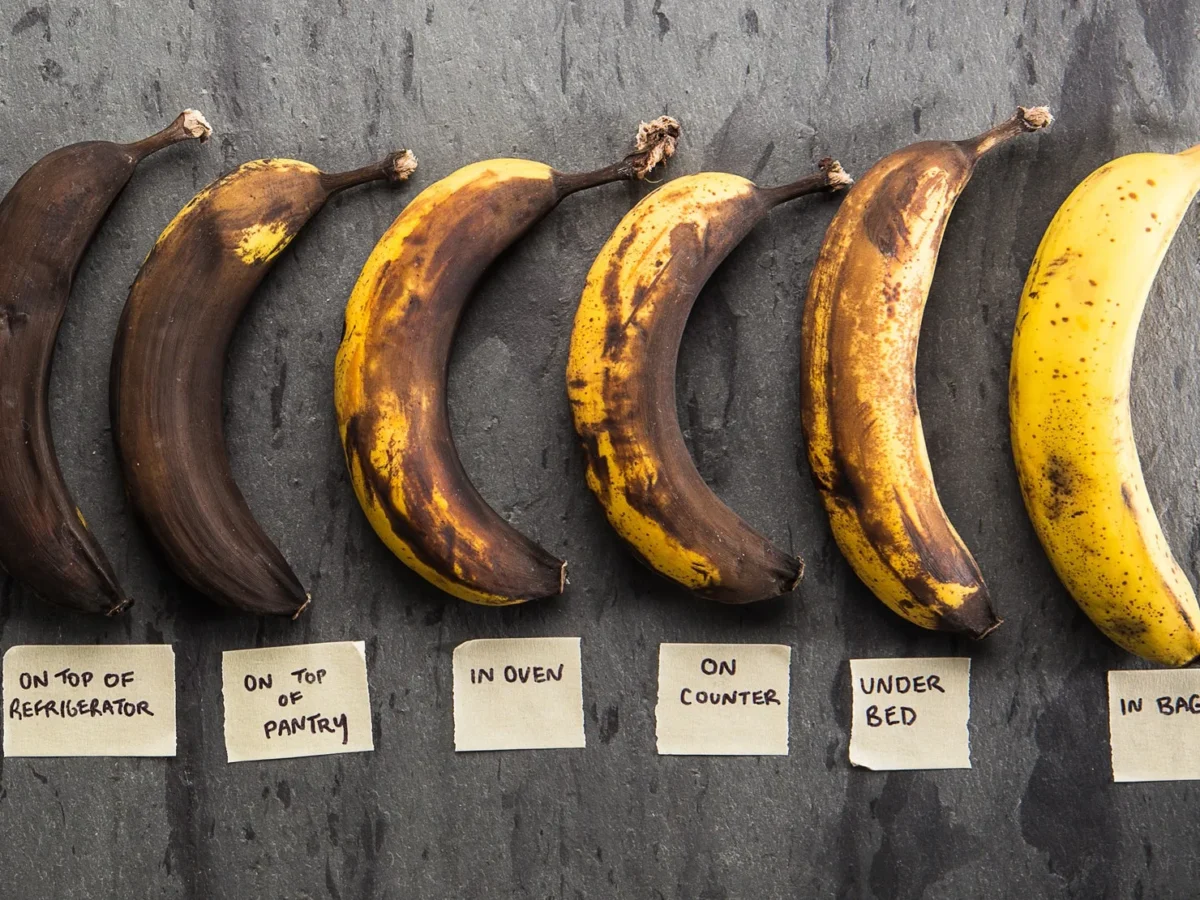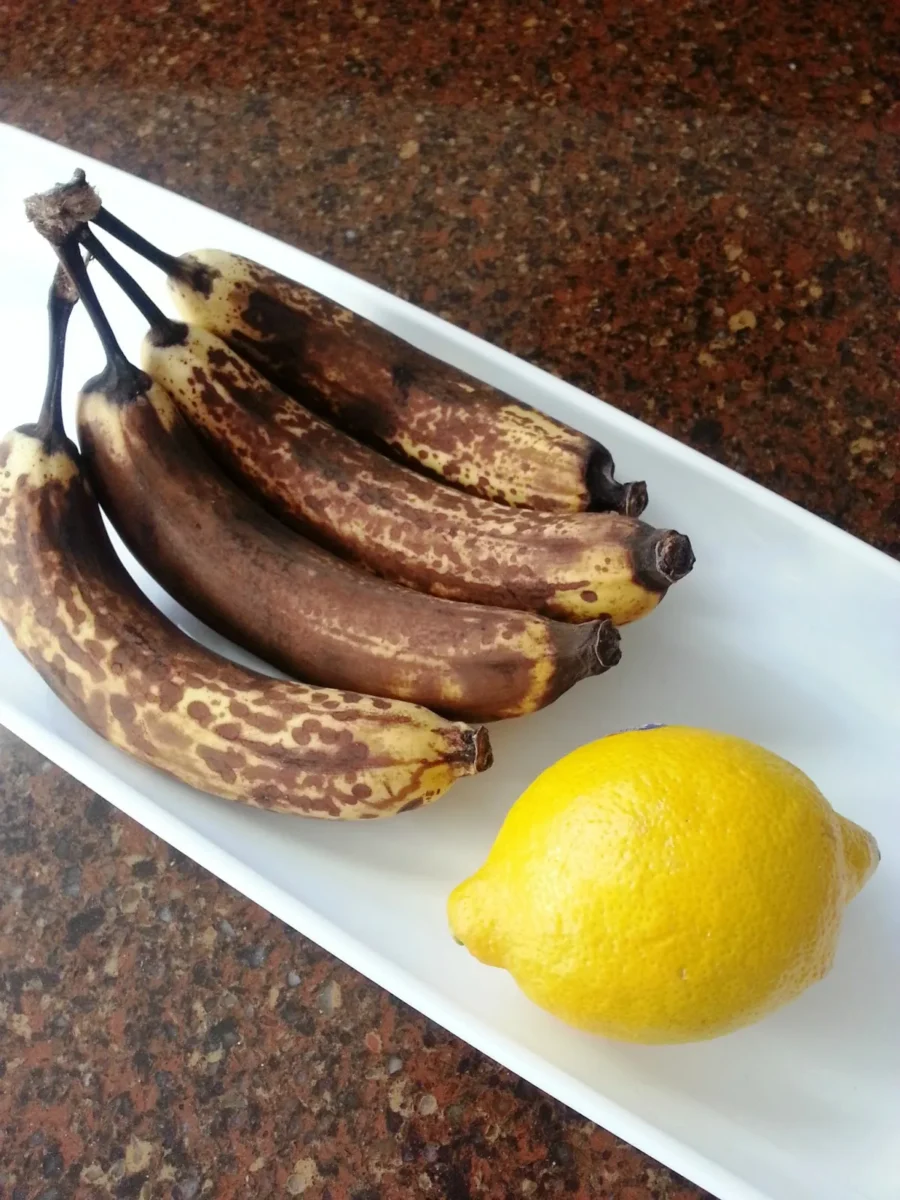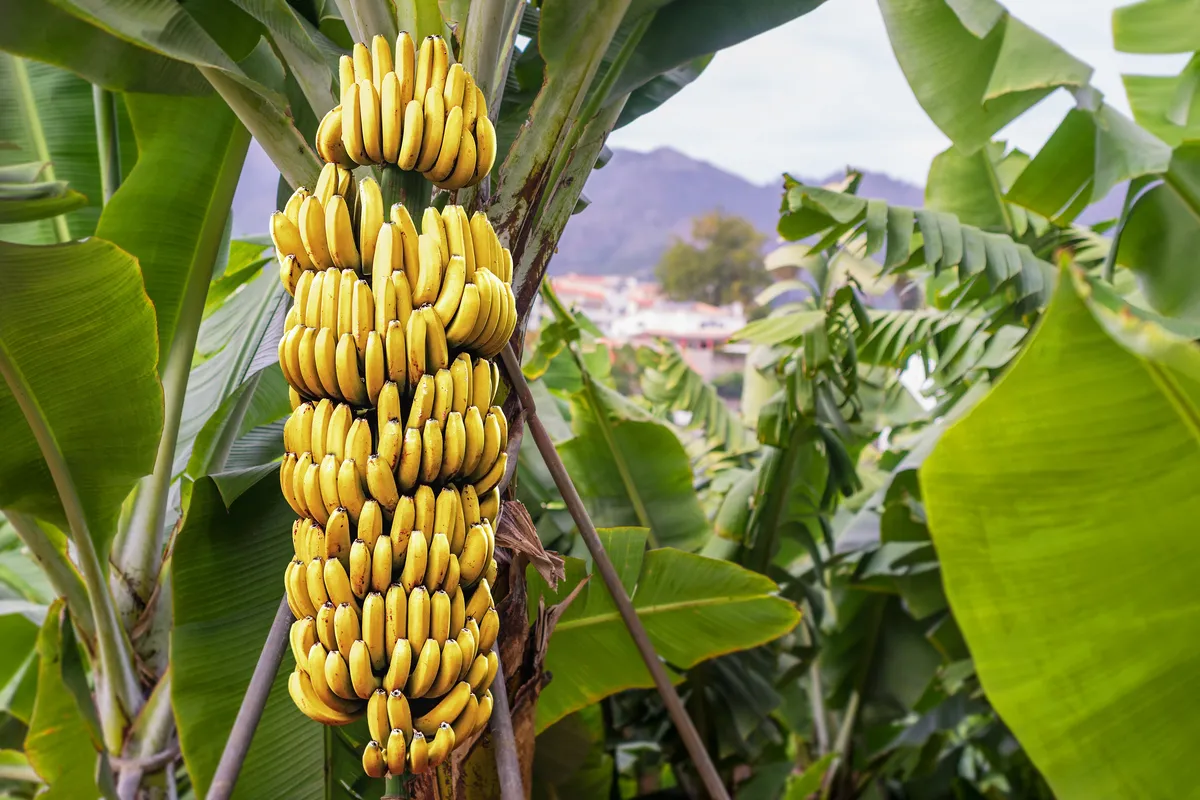Which fruit trumps them all?
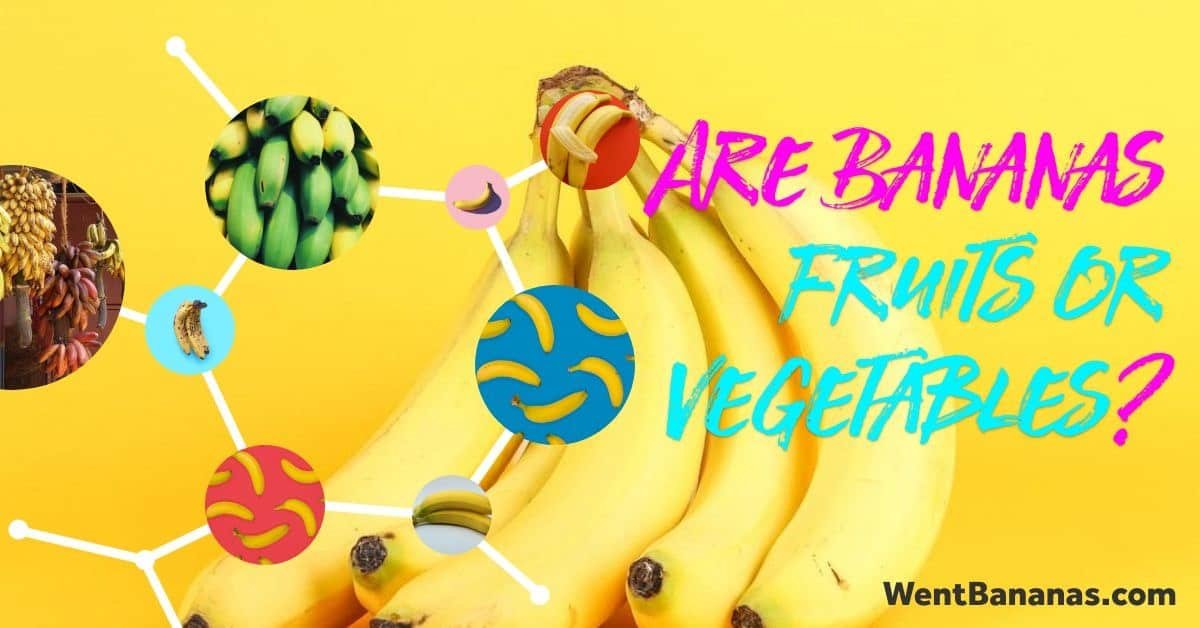
To the surprise of many, bananas are the most popular fruit in the world; people worldwide consume about 86 million metric tons in a year. One of the reasons it’s popular is because of its flexibility and fantastic benefits. We eat it as is, we add it to savory meals, and we add it to desserts.
The banana most of us consume today is the Cavendish type, which replaced the sweeter variety called Gros Michel when a fungal epidemic wiped it out. We have long seen and treated bananas as a fruit, but did you know other people regard it is a vegetable instead?
Let’s answer once and for all the question, is a banana a fruit, or a vegetable? Read on to learn the truth about bananas.
Difference Between a Fruit and a Vegetable
Is a banana a fruit, or is it a vegetable? How do we define both?
By definition, a fruit is the sweet and fleshy product of a plant that we can eat as food. It contains the seed of the plant, making the means for a plant to get its seed out into the world.
A vegetable is an herbaceous plant or the edible part of a plant. Herbaceous means the plant has a stem with little or no woody tissue, which grows only for a single season.
It’s because of these definitions that tomato is, according to the exact meaning of fruits and vegetables, a fruit. It doesn’t have woody parts, and the tomato itself isn’t a part of the plant. It bears seed, from which an edible body grows.
By those descriptions, there’s no doubt a tomato is a fruit, although the culinary world can treat it as both fruits and vegetables.
This also enlightens us about other food items we may have thought of as vegetables. Cucumber, pumpkins, string beans, eggplant, and so on are, by definition, fruits. Carrots, kale, and such are 100% vegetables.
Some things that are not your typical fruits – but are still 100% fruits – are nuts, coconuts, and legumes.
Knowing this, you may now have an idea what a banana is, but let’s discuss that further.
Is a Banana a Fruit or Vegetable?
To summarize, a fruit has seeds, which an edible body grows around, while a vegetable has: some woody parts.

The banana plant fits the description of an herbaceous plant, but it doesn’t contain woody tissue. We call them trees, but they’re herbaceous perennials. In fact, it’s the largest herbaceous flowering plant.
It’s something like ginger, which the banana is somewhat related to.
With that fact and the appearance of bananas, which don’t seem to contain seeds, does this signify that bananas are herbs?
Yes – and no.
Bananas are fruits, too. Bananas start out inside the banana heart, whose petals open up one by one to reveal blossoms. These develop into the hands of bananas.
As bananas grow from an ovary on the flower, they are fruits too, by definition. If so, then where are its seeds?

« The Ultimate Guide to Safely Cutting Bananas for Your Baby’s First Food
How to Make Delicious Banana Bread with Honey: Step-by-Step Recipe and Expert Tips »
Bananas have always contained seeds, but the ones we eat seem to be seedless. You may not have noticed, but the tiny specks in the banana are seeds.
They weren’t always this tiny, though. The only reason we’re eating seedless bananas is that they’re sterile clones. The seeds aren’t useful for propagating the plant, and we made them be that way.
In summary, the botanical definition of fruits says that bananas are a fruit. But the botanical definition of herbs also indicates that bananas are an herb. This makes bananas both an herb and a fruit.
In the culinary world, it’s a different story as no one uses it as an herb.
Why Don’t Bananas Contain Seeds?
We have bred bananas for commercial purposes to not contain mature seeds. That’s because wild bananas have seeds that are too large that it becomes hard (or impossible) to eat the fleshy parts.
The bananas we eat are clones of a single breed: the Cavendish. We propagated them by cutting out the suckers growing out of the underground rhizome and then replanting them. These develop into mature plants that produce the same banana.
Repeat that process after the plant dies enough times that soon, you can supply the whole world with bananas. That’s why we don’t need seeds.
This makes the quality of the Cavendish bananas consistent across the whole world. However, this also makes it prone to diseases and parasites.
This was the reason why the Cavendish variety replaced Gros Michel. It has a low resistance to the fungus, and because all the Gros Michel plants are clones, it didn’t take too long for the fungus to wipe them out.

As luck would have it, Cavendish has a natural resistance to the fungus that wiped out the Gros Michel plants.
Other Types of Bananas
Although 95% of the worldwide production of bananas are of the Cavendish variety, there are other types of bananas that also have immature seeds.
An example is a variety similar to Cavendish but is a little shorter yet a bit sweeter. You can use the Lady’s Finger the same way as the popular variety, but it’s great for kids as they’re quite palatable and smaller, making them easier for babies to feed on.
Another tasty variety is the Apple banana growing in the tropical forests of Hawaii. These are sweet and moist and have a pinkish tone to it.
Then we also have the popular plantains, which we use for cooking. They stay green even when ripe because of their high starch content. This is the reason why we don’t eat them raw.
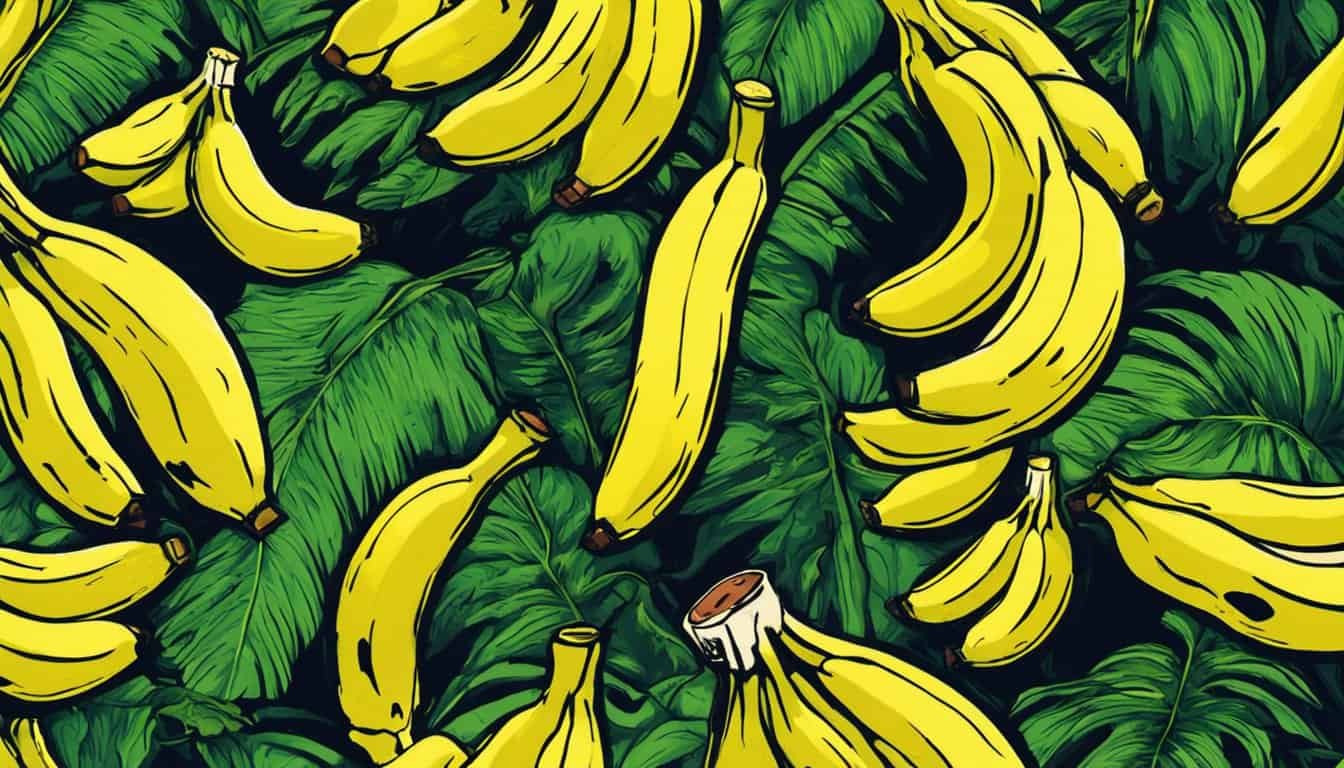
In other parts of the world, they have red bananas, Pisang Raja, Lakatan, and more.
Bananas Are Berries
While we’re blowing your mind away with the truth about bananas, let’s further delve into its classification as a fruit. A fruit has nine subcategories: pome, drupe, aggregate fruit, legumes, nuts, berries, capsules, grains, and multiple fruits.
Apples are pomes, peaches are drupe, raspberries are aggregate fruit, beans are legumes, acorns are nuts, bananas are berries, orchids are capsules, rice is a grain, and pineapples are multiple fruits.
That’s right – bananas are berries, like a blueberry. Avocados, watermelon, and pumpkins are berries, too.
Raspberries aren’t berries either; they’re called an aggregate fruit, which refers to a fruit that develops from multiple, separate ovaries. By that definition, blackberries and strawberries are in the same family as raspberries.
Why Are Bananas Berries?
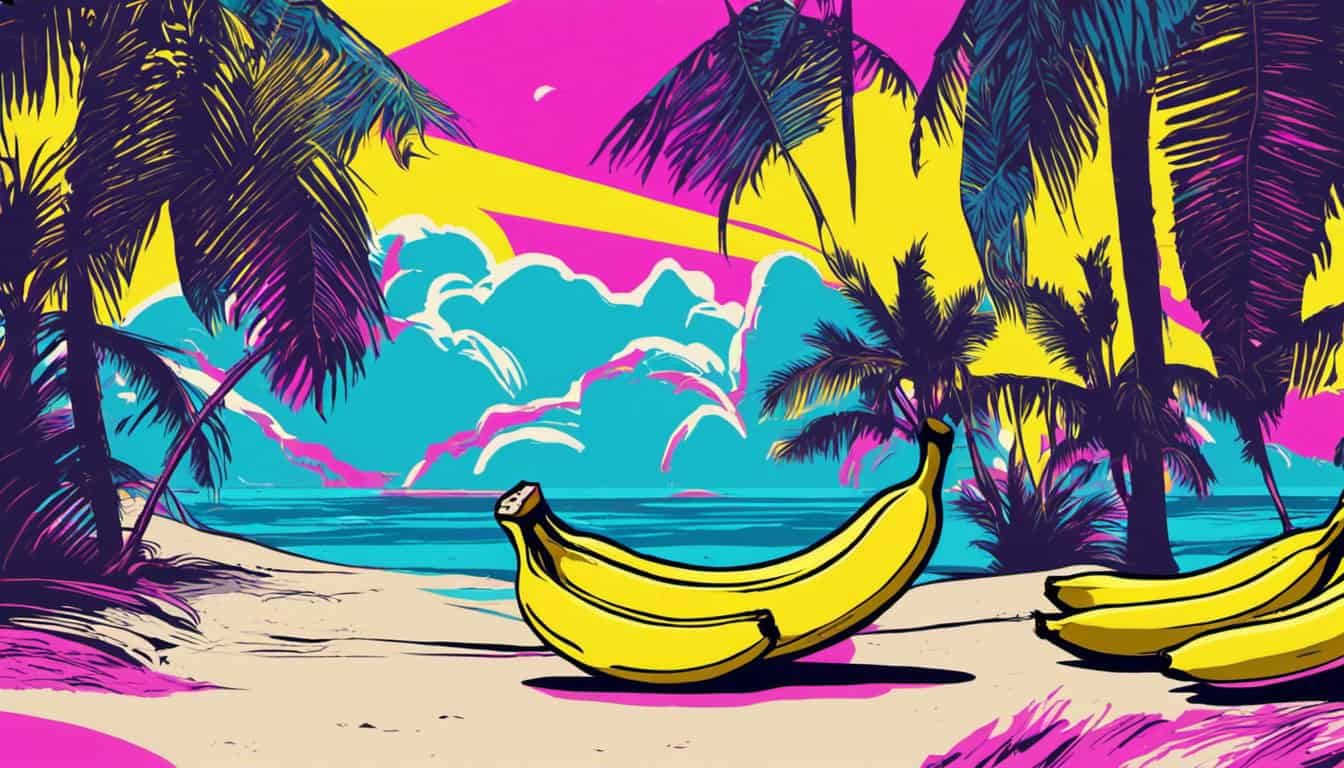
A berry has three layers: the outer skin called exocarp, the fleshy middle called mesocarp, and the innermost part that holds the seed called endocarp.
A grape has all three layers: it has a thin exocarp which may either be green or violet, a fleshy middle, and then the jelly-like endocarp with the seeds.
In the case of a banana, the exocarp takes on a tougher form, which is the peel. The same is true for a watermelon, which has a rind. If you’re having a tough time picturing why watermelon is a berry, look at a photo of what it looked like before we domesticated them.
Berries also form from a single flower that has one ovary. This is why strawberries don’t make the cut while bananas fit the description. Tomatoes and eggplants also fit in this category.
A berry must also have at least two seeds, and it’s for this reason that a cherry can’t be a berry. It only has one seed, which makes it a drupe.
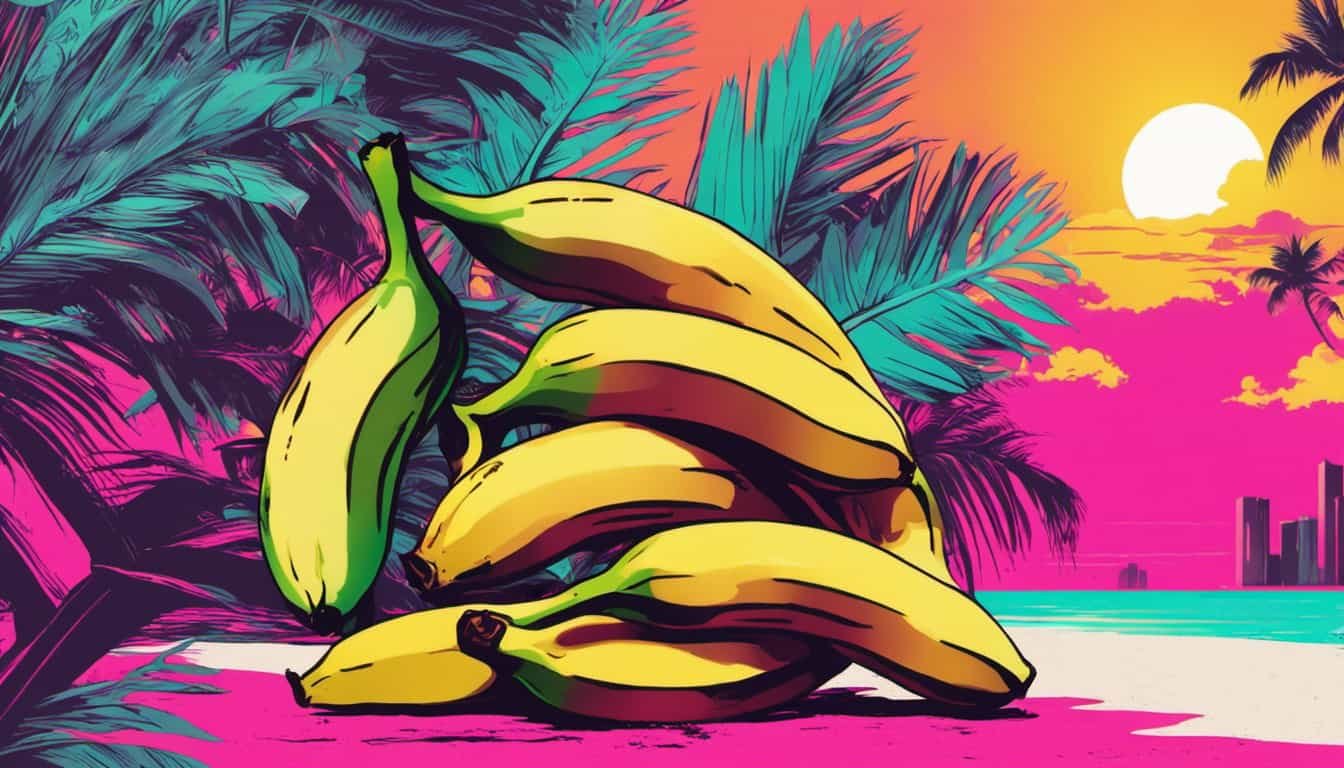
By these definitions, oranges can also be a berry, but it has its own subtype. It fits all three descriptions, but it contains different segments, which makes it different from the other berries.
Bananas Have Something in Common with Humans
A banana is both an herb and a fruit, but is it human, too? Of course not, but it’s true that we share more than half of our genetic material with bananas.
All humans share 99% of DNA with other humans. Chimpanzees, which we know to be one of our closest relatives, are 96% identical to us in terms of DNA.
We share over 60% of DNA with chickens and fruit flies, too, which may come as a surprise. What’s more surprising, however, is that our DNA and that of bananas are also over 60% identical.
That’s because all living organisms evolved from a single common ancestor a long, long time ago.
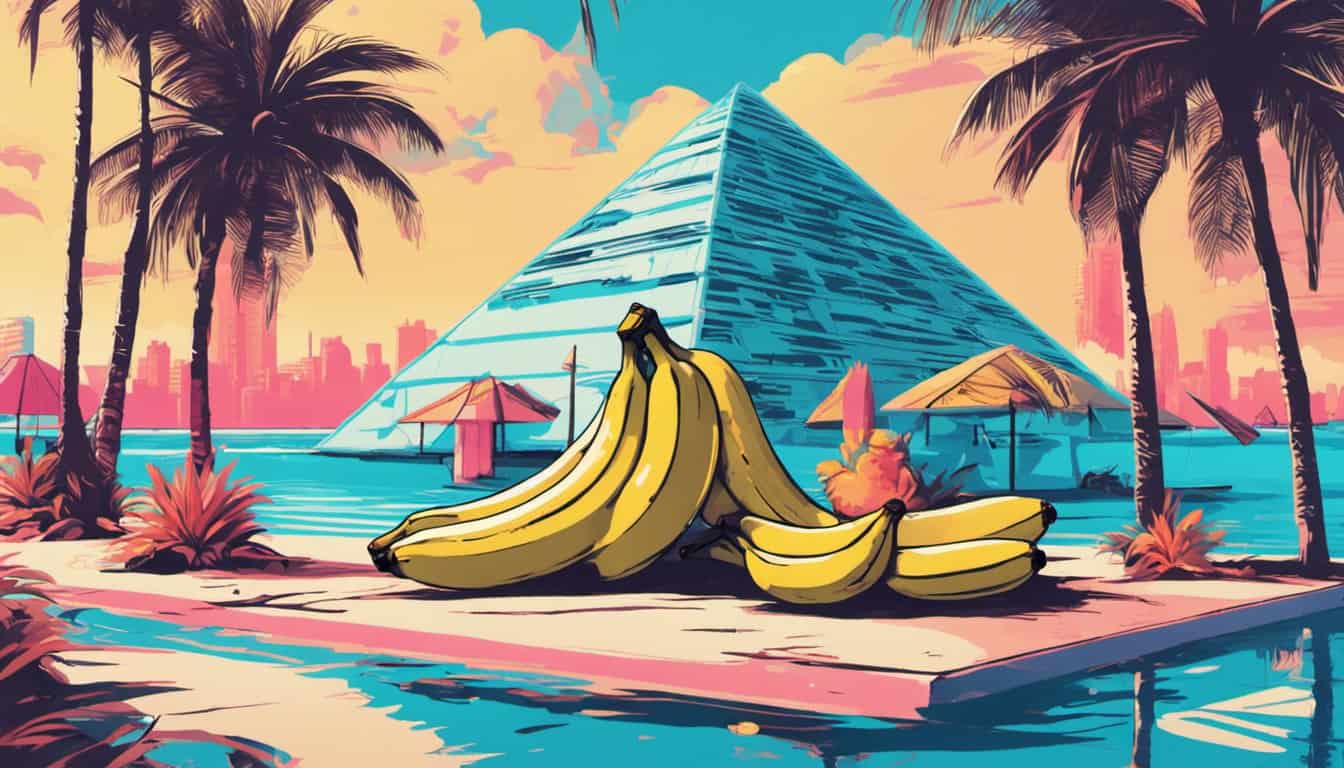
This is an important study that can help us understand what makes us human. It may also help us get a deeper look into genetic diseases.
However, this doesn’t mean anything to the average Joe as no one will show compassion for a fruit we love to consume only because we share 60% of our genetic material with it.
Learn More About Bananas
Is a banana a fruit or vegetable? Bananas are a type of berry, and by that definition, it’s more suitable to call them fruits.
That’s quite a revelation, but it doesn’t end here. If you want more amazing facts about bananas, feel free to explore our other posts today. How about getting to know how are bananas grown and harvested? You can also contact us for inquiries. Be curious!








